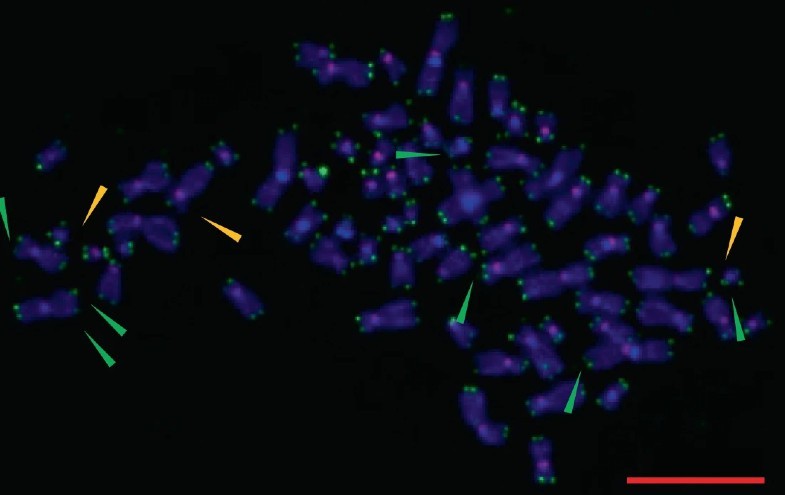Senescent cells or "zombie cells" are one of the elements in our body that are known to lack essential functions. These biomolecules accumulate as people age and are prime factors in various age-related diseases. Problems that could be incurred through having senescent cells are dementia, cancer, and cardiovascular diseases.
A recent study carried out through the collaboration of the UPMC Hillman Cancer Center and the University of Pittsburgh found the main process zombie cells use to develop themselves and materialize in the human body.
Senescence Cells and Telomeres

For the first time, the researchers discovered how the telomere's oxidative damages help to trigger the zombie cells. Telomeres serve as protective caps to the chromosomes, similar to how the plastic material envelops the end of shoelaces. According to the study's authors, the findings from their work could contribute to the ongoing developments in therapeutics and others looking for novel solutions against problematic aging conditions and diseases, including cancer.
Pittsburgh's Department of Environmental and Occupational Health and UPMC Hillman Cancer Center specialist Patricia Opresko explained that zombie cells are pretty much alive as any other cells, but they do not divide and do not have any beneficial functions in the replenishment of tissues.
Zombie cells are not stagnant despite their dysfunctional properties, as they secret compounds with damaging effects enough to induce inflammation and disrupt the nearby cells, Opresko continued.
During a process when human cells divide themselves to produce identical ones, a small portion of the DNA is shaved off from the chromosome. This process also impacts the telomeres and results in the caps becoming shorter with each division.
However, previous studies lack data to confirm if the frequent cell division throughout a lifetime is responsible for the complete disappearance of the telomeres and allows the remaining biomolecules to transition into senescent cells.
Chromosome Caps Induce Zombie Cell Formation
Fellow UPMC expert and co-author of the study Ryan Barnes said that their work utilized a new tool that functions as a molecular sniper compared to the previous models that damage DNA without specific targets and causes the whole chromosome to incur lesions.
The molecular sniping approach uses oxidative damage exclusively for telomeres, Barnes added. This model is equipped with a certain protein that binds only with the chromosome caps. The experiment involved administering the protein to the cells through sensitive dye compounds. Once the dye is activated with light, it produces DNA-damaging reactive oxygen molecules that only induce erosion to the telomere and leave the chromosome intact.
The authors found that the telomeres transitioned the cells into zombie cells just four days after the damage was relayed. With this, the team concluded that the senescent cells highly depend on telomeres to form themselves. The findings also completed the puzzle of why there are variances in the size of the dysfunctional telomeres compared to the functional cells.
The study was published in Nature Structural and Molecular Biology, titled "Telomeric 8-oxo-guanine drives rapid premature senescence in the absence of telomere shortening."
RELATED ARTICLE : Never-Before-Seen Carnivorous Plant Hides Underground and Traps Prey
Check out more news and information on Biology in Science Times.











